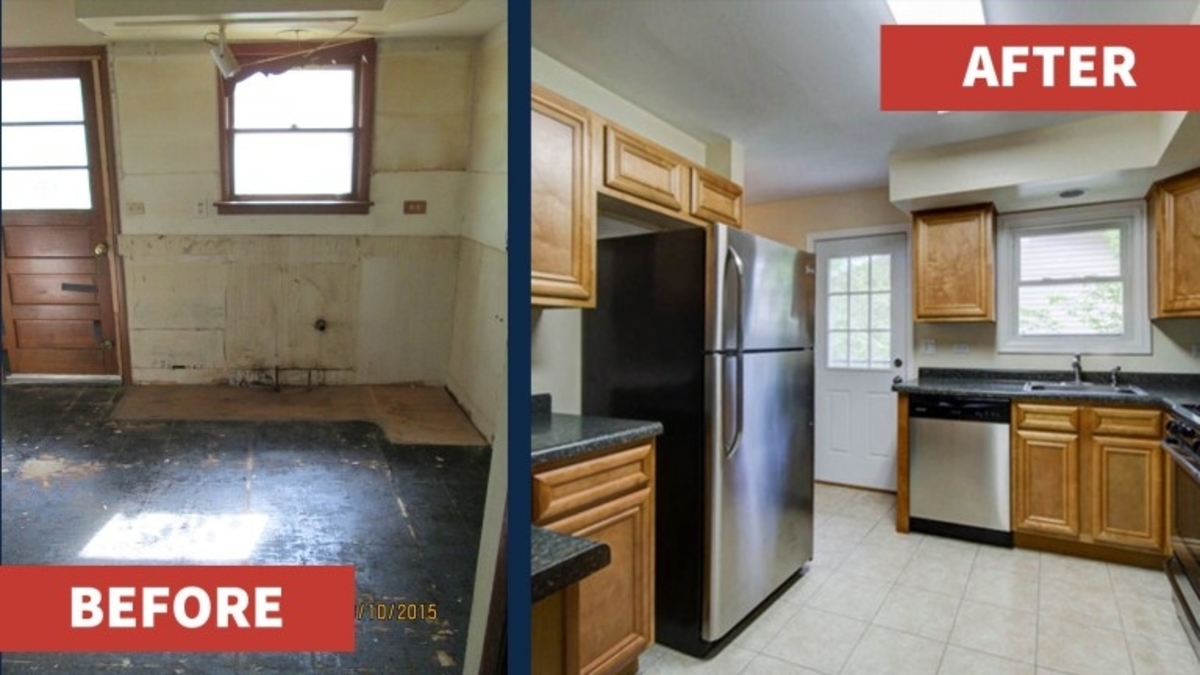Home Rehab Program Converts Eyesores Into Assets

Renovating older and neglected housing stock is an important strategy to revitalizing communities. However, homes for rehab are often beset with significant structural issues such as collapsed roofs, mold, water infiltration or cracked foundations.
Homes are often completely gutted and refurbished with new windows and doors, new appliances, improvements to electrical and plumbing, and new furnace and air conditioning — which can be a costly endeavor.
In the greater Chicago area, the Affordable Housing Corporation of Lake County (AHCLC) has operated an acquisition and rehabilitation program for 50 neglected and vacant single-family homes. This conversion of an eyesore to an asset not only reclaims an abandoned property — typically accomplished at a lower cost than new construction — but has the added advantage of neighborhood stabilization.
AHCLC’s overall financing for this project is $8 million: $2 million from a 2012 National Foreclosure Settlement (NFS) grant, with $6 million in sales proceeds that are recycled back into the program to create a revolving loan fund.
“We go after the worst property and leverage that,” shared Michael Mader, director of real estate services at AHCLC. “The typical developer doesn’t have the flexibility to lose money on a property.”
AHCLC partnered with the Villages of Mundelein and Round Lake Beach — two communities that had been among the hardest hit by the foreclosure crisis — for the NFS-funded acquisition and rehab program. Local support for the program has been a crucial part of its success. In addition to municipalities making lines of credit available, they have waived or reduced building permit fees and reduced or waived liens on the properties.
The line of credit approved by the villages allows the nonprofit to borrow up to $200,000 to purchase local homes. These loans are interest-free as long as AHCLC repays it within 12 months. The program is structured to absorb losses of up to $40,000 per unit. The actual subsidy for most transactions is closer to $14,000.
The price points for the rehabilitated homes, positioned at the low end of the local market, offer affordable options in an affluent county. To purchase the rehabilitated homes, eligible buyers must certify their intent to be owner-occupants (rather than investors), and household income must be less than 120% of the median family income (which is $92,280 for a family of four in Lake County as of June 2016). Other AHCLC programs offer assistance with down payments and closing costs, and buyers also receive financial education and counseling as part of the program.
Home prices have been increasing — a positive sign in neighborhoods that had been experiencing stagnation. And the increase in home values has been gradual, reducing the risk of gentrification.
Keys to success:
- Partnership with local government for political and financial support
- A revolving loan fund
- Ability to absorb a higher-than-usual level of risk to renovate the most derelict, vacant units
- Neighbor stabilization
For more housing affordability resources, including the full case study on the Lake County development, visit nahb.org/housingforall and the Land Use 101 toolkit at nahb.org/lu101. The toolkit also includes access to the full How Did They Do It? report.
Deborah L. Myerson, AICP — author of the How Did They Do It? Report — contributed to the content of this article. Myerson is an urban planner with 20 years of experience in housing, community development, land use and transportation policy, and urban revitalization.
*All Articles shown here are redistributed from NAHBnow.org*
